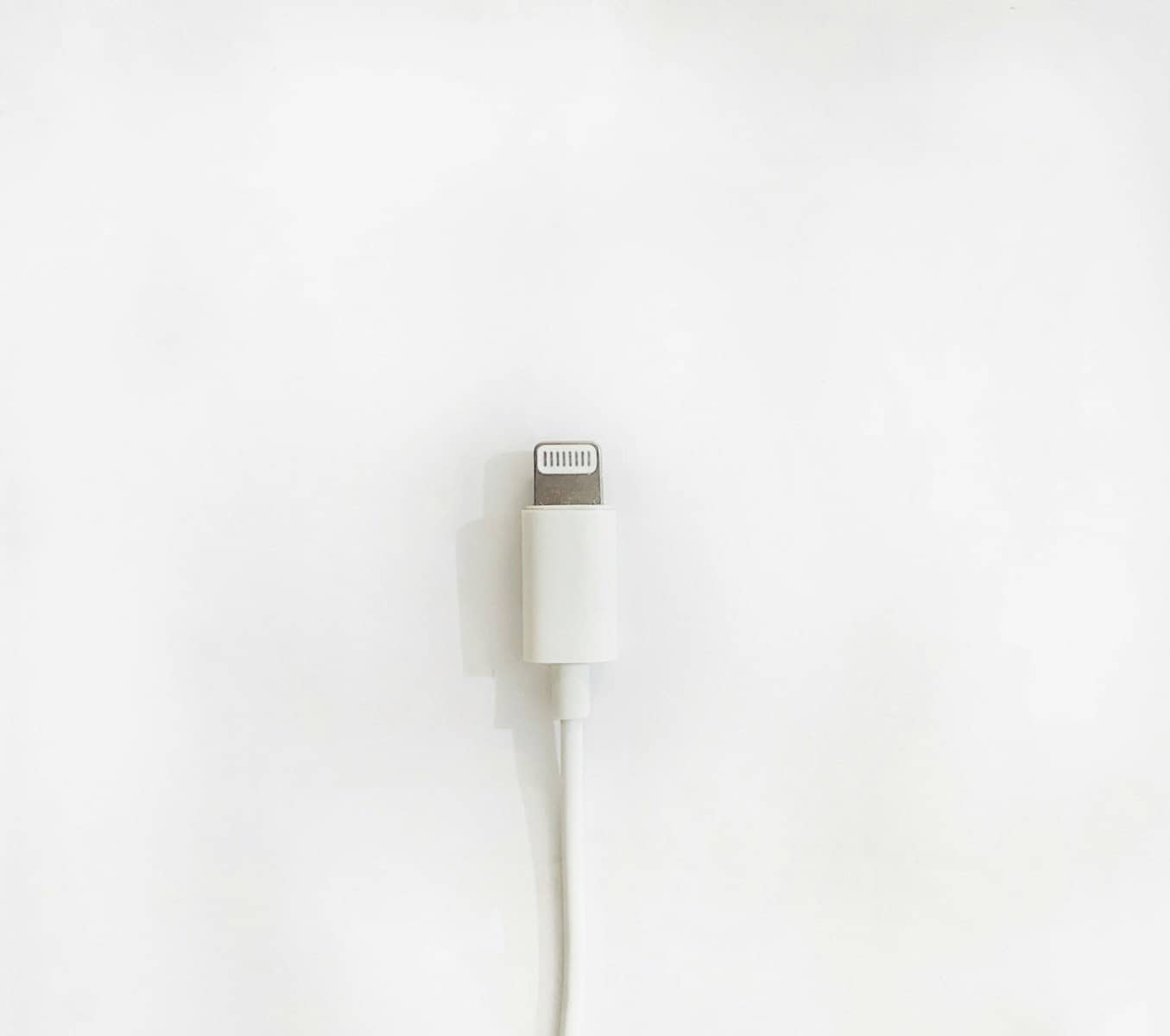Losing your iPhone data — whether it’s family photos, important contacts, work files, or favorite apps — can feel devastating. One wrong tap, a corrupted update, or even hardware failure can wipe away years of memories and information in an instant. But before you panic, there’s good news: in many cases, your data isn’t truly lost — it’s just hidden.
Today’s iPhones, paired with iCloud, Finder, and third-party tools, offer more recovery options than ever. Whether you accidentally deleted a file or your iPhone took a dip in the pool, here’s your complete guide to getting your data back.
Step 1: Check the “Recently Deleted” Folders First
Before moving to advanced methods, start simple. Your iPhone has built-in safety nets for accidental deletions:
- Photos App: Open the Photos app → Tap Albums → Scroll down to Recently Deleted. Here, deleted photos and videos are stored for 30–40 days before permanent removal.
- Files App: Open Files → Browse → Recently Deleted. Documents, PDFs, and other files saved to iCloud Drive may still be here.
Tip:
Photos and videos deleted from “Recently Deleted” are recoverable only if you act before the 30-day deadline. After that, they are permanently removed from iCloud and device storage.
Step 2: Restore from an iCloud Backup
If the Recently Deleted folder comes up empty, your next best move is to leverage your iCloud backup — assuming it’s turned on. iPhones automatically back up when connected to Wi-Fi, locked, and charging — but only if iCloud Backup is enabled.
How to Restore:
- Open Settings → General → Transfer or Reset iPhone → Erase All Content and Settings.
- Follow the prompts to wipe the device.
- When setting it up again, choose Restore from iCloud Backup.
- Log into your Apple ID and select the backup that likely contains your lost data.
- Stay connected to Wi-Fi and power during the restore. It can take minutes or hours depending on your backup size.
Important Reminders:
- Full device wipe required: You can’t selectively recover individual files from an iCloud backup.
- Recent data loss: Anything created after your backup will be lost unless separately saved.
- Storage check: Make sure your current iPhone has enough storage space for the backup.
Pro Tip:
Go to Settings → [Your Name] → iCloud → iCloud Backup to verify when your last successful backup was made — before restoring.
Step 3: Restore Using Finder (Mac) or iTunes (Windows)
If you prefer local backups — or don’t trust the cloud — your Mac or PC may have a full backup of your device ready to go.
How to Restore:
- Connect your iPhone to the computer you used to back up.
- On Mac (macOS Catalina or newer): Open Finder, select your device under Locations.
- On Windows or older Macs: Open iTunes and click your device icon.
- Click Restore Backup and choose the backup with the data you need.
- Enter your password if your backup was encrypted.
- Keep the device plugged in until the process completes.
Notes:
- Restoring from a computer backup overwrites your current device contents.
- Encrypted backups store Health data, Wi-Fi passwords, and Safari history, so it’s worth encrypting backups if you haven’t yet.
Step 4: Explore Third-Party iPhone Data Recovery Tools
If no backup exists — or you want to recover specific files without wiping your iPhone — it’s time to turn to iPhone data recovery software.
Popular and Trusted Options:
| Software | Highlights |
|---|---|
| Dr.Fone by Wondershare | Recover contacts, messages, photos, videos without backup |
| iMobie PhoneRescue | Deep scan modes and selective recovery |
| Tenorshare UltData | Supports recovery from dead iPhones or broken screens |
| iMyFone D-Back | Specializes in WhatsApp and third-party app data recovery |
How It Typically Works:
- Install the software on your computer.
- Connect your iPhone via USB.
- Choose whether to scan the device itself or an existing backup.
- Preview recoverable data.
- Save selected files directly to your computer.
Warnings:
- Many free versions only scan — actual data recovery usually requires a paid license.
- If your iPhone is heavily used after deletion, new data may overwrite recoverable files.
- Jailbreaking (if required) voids your warranty and poses serious security risks — proceed with caution.
Step 5: Seek Professional Help for Hardware Damage
If your iPhone is physically damaged — such as after water exposure, a drop, or complete failure — DIY methods may not work. At this point, you’ll need specialized help.
Your Options:
- Apple Support: Can assist with device troubleshooting but does not offer data recovery for severely damaged devices.
- Professional Data Recovery Services: Companies like DriveSavers, Ontrack, or Secure Data Recovery offer cleanroom facilities to physically extract data from damaged iPhones.
Cost Range:
Anywhere from $300 to over $1,500 depending on severity, device model, and required effort. These services are expensive but can sometimes recover critical data even from dead devices.
Step 6: Prevent Future iPhone Data Loss (Essential Tips)
Getting your data back is only half the battle — making sure you never lose it again is even more important.
Here’s what every iPhone owner should be doing:
- Turn on iCloud Backup: Go to Settings → [Your Name] → iCloud → iCloud Backup → Turn On.
- Use iCloud Photos: Sync your entire photo library to iCloud automatically.
- Create Regular Computer Backups: Use Finder (Mac) or iTunes (Windows) monthly.
- Consider Google Photos, Dropbox, or OneDrive: Extra backups never hurt.
- Double-check before deleting: Use the Favorites album for critical photos/documents.
- Update iOS regularly: New iOS versions patch bugs that sometimes cause data loss.
Quick Cheat Sheet: iPhone Data Recovery Methods
| Situation | Best Solution |
|---|---|
| Accidental Deletion | Check Recently Deleted |
| No Backup but Still Have iPhone | Use Data Recovery Software |
| iPhone Broken or Dead | Contact Professional Recovery Service |
| Have a Recent Backup | Restore from iCloud or iTunes/Finder |
Recovering lost iPhone data can feel intimidating, but acting quickly, choosing the right method, and knowing your options can make the difference between permanent loss and a happy reunion with your files
Using EaseUs MobiSaver For iPhone Data Recovery
EaseUS MobiSaver for iPhone offers a straightforward way to recover lost data on your iPhone. If you’ve accidentally deleted contacts, photos, or messages, this software can help you get them back quickly. Connecting your iPhone to MobiSaver allows it to scan for lost files and retrieve them efficiently.
EaseUS MobiSaver can recover data from both iCloud and iTunes backups. This means that even if your device is lost or stolen, you can still get your data back. Users can easily follow the steps to connect their device and start the recovery process with just a few clicks.
EaseUS MobiSaver for iPhone is a powerful data recovery tool designed to retrieve lost files from iOS devices like iPhones, iPads, and iPod touches. This tool is easy to use and supports various file types such as photos, contacts, messages, and more.
Capabilities and Features
EaseUS MobiSaver offers comprehensive recovery options. It can recover deleted photos, contacts, text messages, WhatsApp messages, and call history. The software uses a robust scan function to locate lost data. Once it scans the device, users can preview the recoverable files before restoring them. The preview feature helps in selecting only the important contacts or precious photos. It supports recovery from iTunes and iCloud backups, ensuring versatility.
Compatibility and System Requirements
EaseUS MobiSaver is compatible with a wide range of iOS devices, including iPhones, iPads, and iPod touches. It supports iOS 13 and later versions. For operating systems, it works on both Windows and Mac. The tool requires a minimum of 1GHz CPU, 1GB RAM, and 200MB of free hard disk space. Users must ensure that their computers meet these requirements for optimal performance.
Recovery Process Overview
To start, users must connect their iOS device to the computer. The software will then scan the device to find deleted files. After the scan, EaseUS MobiSaver displays the recoverable files, allowing users to preview them. This preview function makes it easier to restore only the needed data. Users can then select and restore their files. The tool can recover data directly from the device or through iTunes and iCloud backups.







